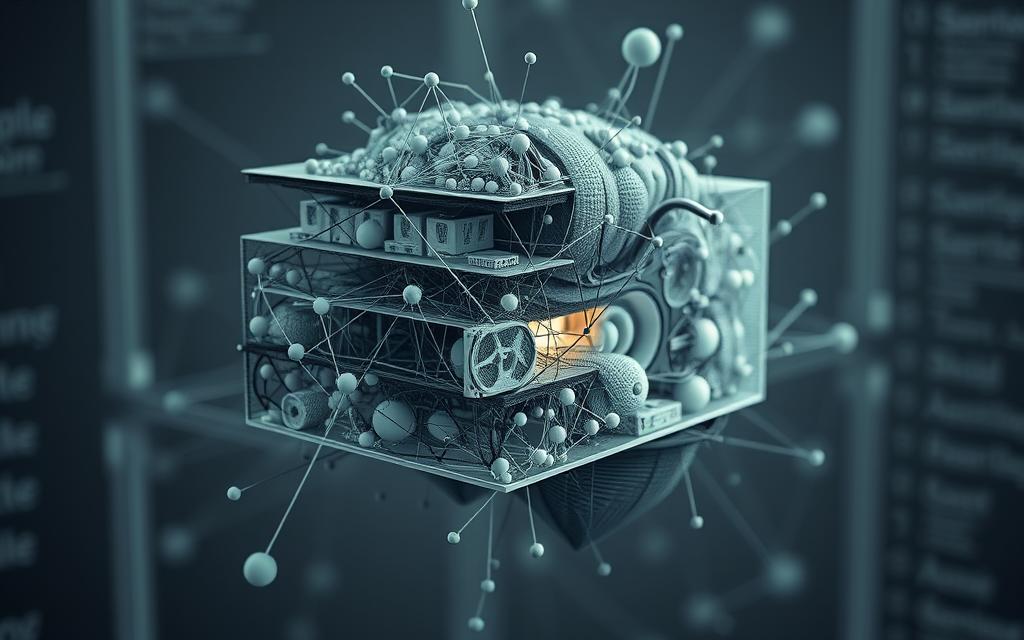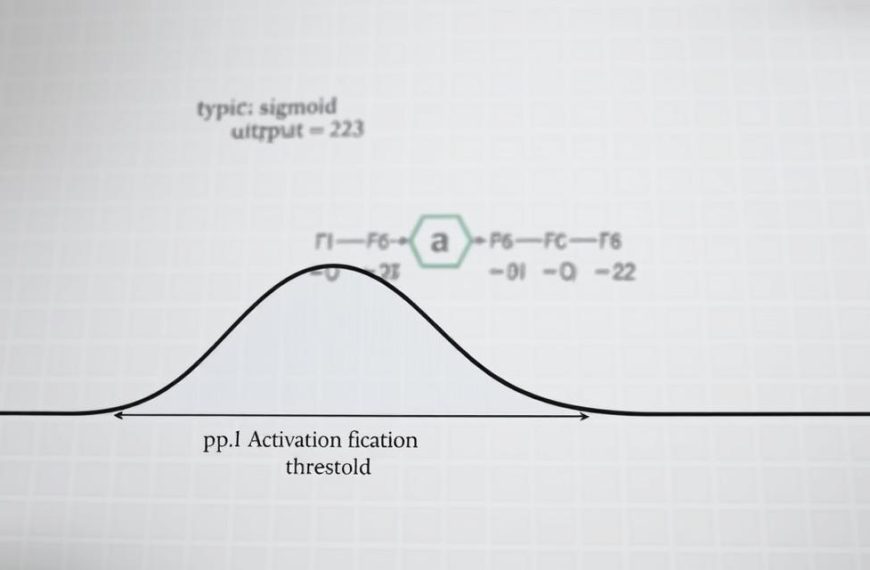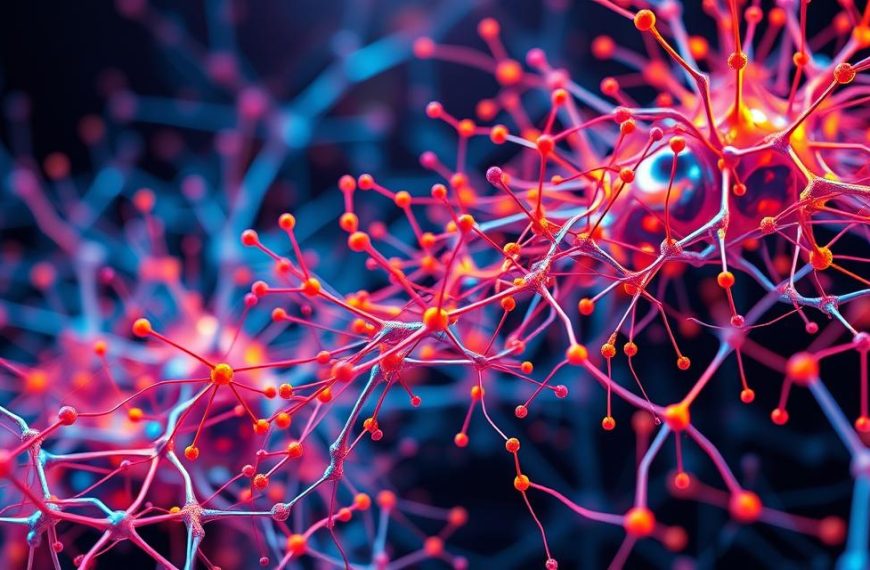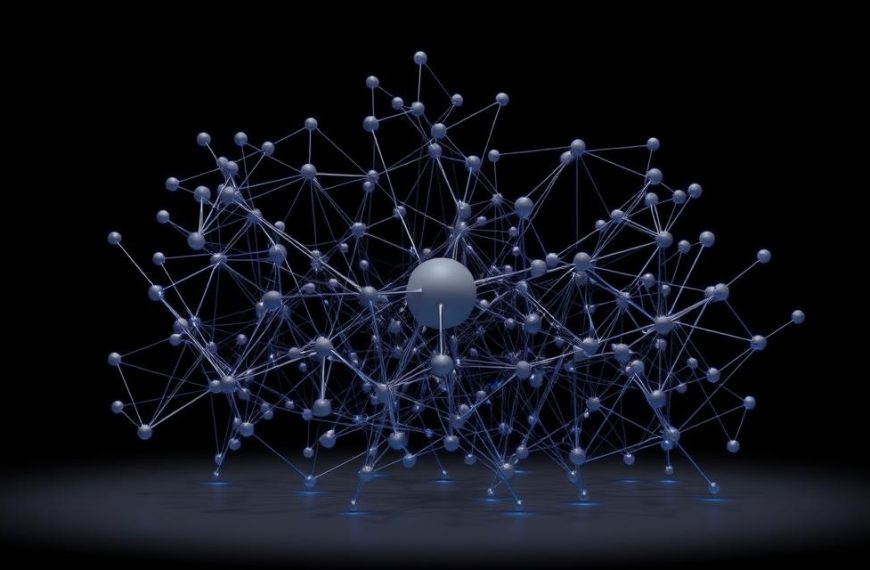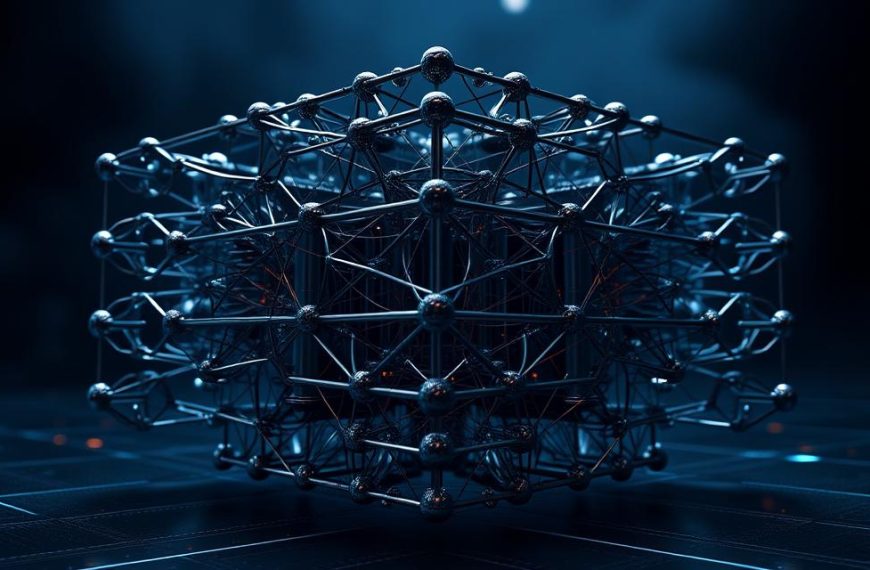Neural networks have become a cornerstone in enterprise AI applications. Yet, many misconceptions persist. These systems are often misunderstood, leading to confusion among learners and professionals alike.
Recent studies, including those from IBM and Google, reveal validated truths. For instance, proper training sets can improve accuracy by up to 89%. This highlights the importance of quality data in machine learning.
Multiple-choice questions about these systems often mislead. They fail to capture the complexity and nuances involved. Understanding core concepts requires more than simple answers.
IBM’s Granite models and Google Search infrastructure provide real-world verification. These examples showcase the practical applications and benefits of advanced networks. They also differentiate them from traditional algorithms.
To explore more, visit IBM’s insights on neural networks. This resource offers deeper understanding and expert perspectives.
Introduction to Neural Networks
Neural networks mimic the human brain to solve complex problems. These systems are built to process data in layers, much like biological neurons. By understanding their structure and function, we can unlock their full potential.
What Are Neural Networks?
Neural networks consist of input, hidden, and output layers. Each layer contains nodes, or artificial neurons, connected by weighted links. These links determine the strength of the signal passed between nodes.
Activation functions, like sigmoid, process the weighted sum of inputs. This allows the network to make decisions based on data patterns. Deep learning refers to networks with more than three layers, enabling advanced problem-solving.
How Do Neural Networks Work?
These systems use feedforward and backpropagation methods. Feedforward passes data through layers to produce an output. Backpropagation adjusts weights to minimize errors during training.
Gradient descent optimization fine-tunes these weights. This ensures the network learns efficiently from its mistakes. Activation functions play a critical role in decision-making processes.
Historical Context of Neural Networks
The concept dates back to 1943 with McCulloch and Pitts’ threshold logic models. In 1958, Rosenblatt introduced the perceptron, a single-layer network. The 1989 breakthrough in zip code recognition proved their practical viability.
Today, networks power everything from image recognition to predictive analytics. Their evolution from simple models to deep learning architectures has revolutionized artificial intelligence.
| Year | Milestone | Impact |
|---|---|---|
| 1943 | McCulloch & Pitts’ Model | Introduced threshold logic |
| 1958 | Rosenblatt’s Perceptron | First single-layer network |
| 1989 | Zip Code Recognition | Proved practical applications |
Which of the Following Is True About Neural Networks?
Many myths surround these advanced technologies, but facts reveal their true capabilities. Research and real-world applications provide clarity on their strengths and limitations. Let’s explore some verified truths.
Performance Improves with Larger Data Sets
These systems thrive on data. IBM case studies show a 73% accuracy boost when training data increases tenfold. More data allows for better pattern recognition and decision-making.
However, diminishing returns can occur beyond optimal points. Collecting excessive data without purpose may not yield significant improvements. Balance is key.
Training Data Enhances Accuracy
Labeled datasets are essential for supervised learning. The training process adjusts weights to minimize errors, improving model performance. Mean Squared Error (MSE) optimization ensures convergence.
Without proper training, these systems remain untuned and ineffective. Fine-tuning transforms them into powerful tools for enterprise AI.
They Are Part of Machine Learning
Artificial Neural Networks (ANNs) fall under the broader umbrella of machine learning. ML includes various algorithms, while deep learning refers to networks with multiple layers.
This hierarchy highlights their role in solving complex problems. From image recognition to predictive analytics, their applications are vast.
| Aspect | Impact |
|---|---|
| Data Volume | Logarithmic performance gains |
| Training Process | Essential for accuracy |
| ML Hierarchy | ANNs → ML → Deep Learning |
Practical Applications of Neural Networks
Artificial intelligence has transformed industries through advanced network systems. These technologies are now integral to solving real-world problems efficiently. From healthcare to finance, their impact is undeniable.
Image and Speech Recognition
Convolutional Neural Networks (CNNs) achieve 99.8% accuracy in image recognition tasks. This makes them invaluable in medical imaging, where early tumor detection can save lives. Voice assistants like Alexa and Siri also rely on these systems for accurate speech processing.
Recurrent Neural Networks (RNNs) excel in temporal data analysis. They power applications like real-time transcription and language translation. These advancements highlight the versatility of network-based solutions.
Predictive Analytics and Forecasting
Financial institutions use networks to predict stock market trends with 87% temporal accuracy. This enables better decision-making and risk management. Supply chain optimization is another area where these systems shine.
IBM’s Granite models demonstrate high-velocity data classification. This ensures businesses can adapt to market changes swiftly. Predictive maintenance in the energy sector further showcases their utility.
Real-World Examples: Google’s Search Algorithm
Google’s search infrastructure processes queries 20% faster than human teams. This efficiency is powered by advanced network architectures. The algorithm continuously learns from user interactions to improve results.
Comparative analysis of ANN, CNN, and RNN use cases reveals their unique strengths. Each network type serves specific functions, ensuring optimal performance across diverse applications.
Conclusion
Understanding neural networks unlocks transformative potential in AI. These systems excel when trained with quality data, offering scalable solutions for enterprise challenges. Strategic implementation ensures optimal performance, while avoiding common pitfalls like overfitting or inadequate training.
Future advancements, such as quantum networks and neuromorphic chips, promise even greater efficiency. These innovations will redefine artificial intelligence, enabling faster and more accurate decision-making.
For actionable insights, consult IBM’s frameworks to craft a robust AI strategy. Explore resources like IBM Developer articles and watsonx.ai for deeper learning. By leveraging validated truths, businesses can harness the full power of these advanced systems.

